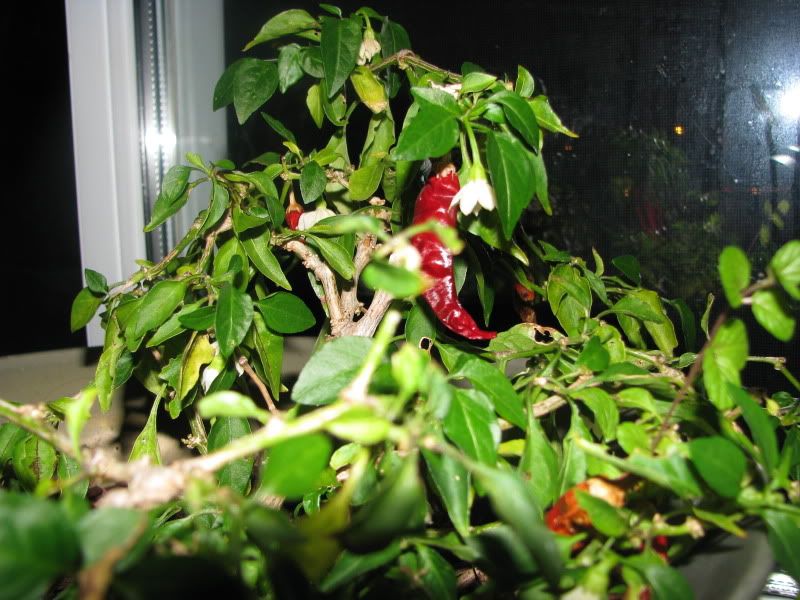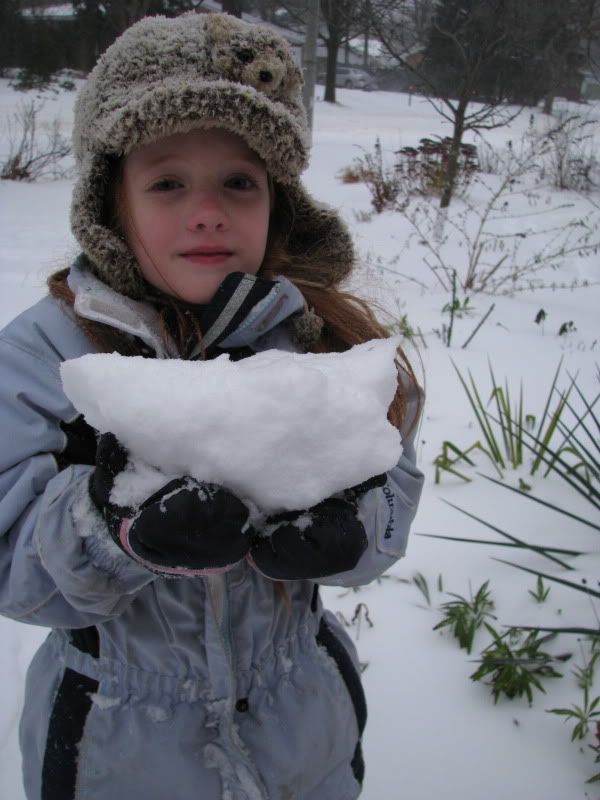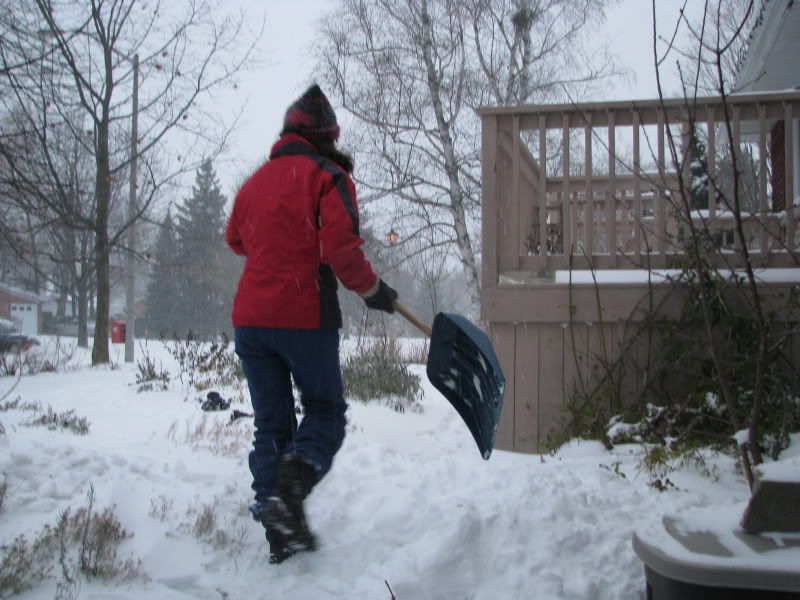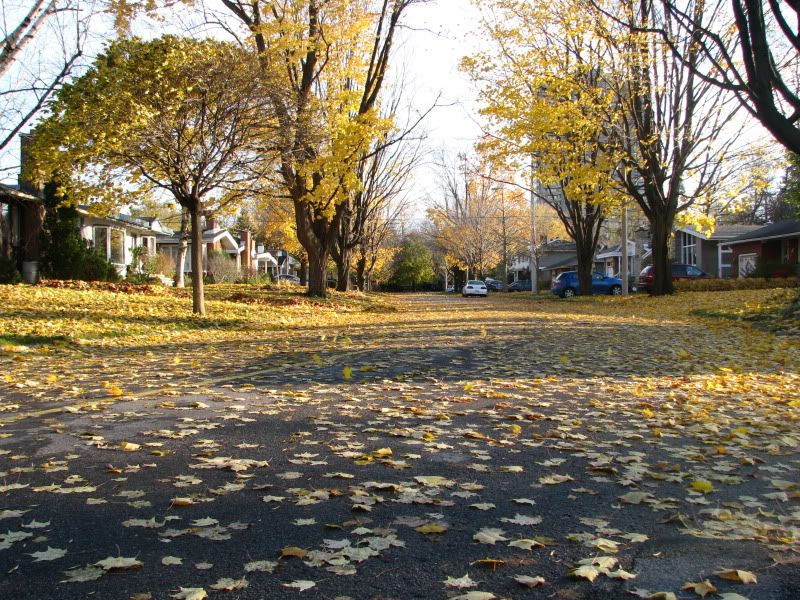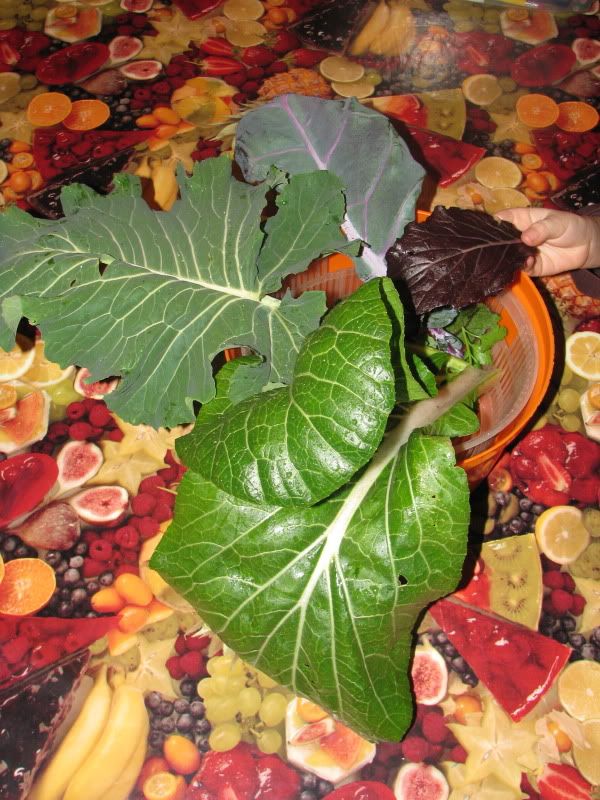So now that you have been convinced to ditch the digging (well most of it), here are some pointers about how to grow specific veggies using various no-dig approaches.
Perennials:For those lovers of food forests and perennial food crops, no dig agriculture can be quite easy to achieve. After planting up your garden patch, a thick mulch could be laid and maintained around your veggies. This is similar to the up keep of many perennial ornamental gardens. Of course, some of your food might be under the ground so you may have to go rooting around for it and all gardens change over time, with plants outgrowing their spot or dying so holes will be dug for division and replacement.
Not all perennials will appreciate a very heavy mulch layer, or the same type of mulch. A good rule of thumb is to look at what environment they evolved in. If they grow happily in or around a forest, then lots of leaf litter would probably make them happy. (Keep in mind that some plants grew in groupings with certain types of trees which may have different root depths, give various amounts of biomass back to the soil, acidify the soil in varying amounts, release exudes from their decaying matter or living form, etc...). Other plants that hail from more arid places may like a mulch of rocks which I find a bit finnicky to maintain in treed suburbia but can be quite aesthetically appealing. Thankfully most of the food plants that I grow put up with a variety of conditions. If you have no choice, or you don't want to make your yard a series of biospheres just wing it and see how it goes. It may be that a rich environment makes a plant grow more lushly than it normally would giving you a suffit of good eating greens or that a well behaved plant becomes a thug or visa versa.
Reseeding Annuals / Biennials / Short Lived PerennialsTo maintain their population, their seeds will need to fall on favourable ground. Some seeds also require light to germinate. Small seeds might get lost in a thick layer of coarse textured mulch like straw. A thinner layer of finer mulch such as well shredded leaf mould may provide the balance between weed control, moisture retention and adequate germination. You could wait to reapply mulch until after the baby plants are up and thinned in the spring. Apply it more sparingly so that it is nicely broken down into a rich humus layer by reseeding time later in the summer or fall. The sea of seedlings that they produce in the spring may be seen as a living mulch. Thin often to allow for adequate growing room for the remainders. You can either toss these thinnings on top of the soil to act as mulch or if they are edible greens, add them to your meal.
Some seeds may be less hindered by a mat of mulch but my experience is that I get much heavier germination when topdressing is mostly broken down.
Annual VeggiesIn a heavily mulched veggie garden, or one that was recently created using no dig techniques, transplants will do well assuming that there are sufficient nutrients available for them to use. In other words, make sure that if you are using mostly uncomposted material that it isn't too fresh, but if it is then incorporate some dirt / well rotted manure / compost into the planting hole to give the plant a feeding while the uncomposted layer is breaking down. In a more established garden, or one that is just getting a topdressing of mulch with a healthy organic layer, just move aside the mulch and plant into the 'dirt' layer below and water well.
Direct seeding vegetables in this kind of bed usually works better if you create a dirt trench or planting hole by moving aside the mulch and sowing. If the layer is very thick, you can move aside the mulch and add a layer of dirt / compost / well rotted manure to sow your seeds into. For greens or root crops, you can sow thickly and then thin several times over the growing season allowing the leaves to cover as much ground as possible, creating a living mulch. Just be careful not to let the plants compete too much or it will negatively affect growth. In practice, I've found the 'living mulch / crowded plant' technique works best with greens but more poorly with roots but that may be because of my particular growing conditons or practices.
Plants grown vegetatively like potatoes or onion sets can be pushed down through the mulch until they touch the 'dirt' layer.
Green manures as mulchI have recently read of this technique. You start by planting a green manure, then cut it down, leaving the plant residue on the ground into which you sow.
